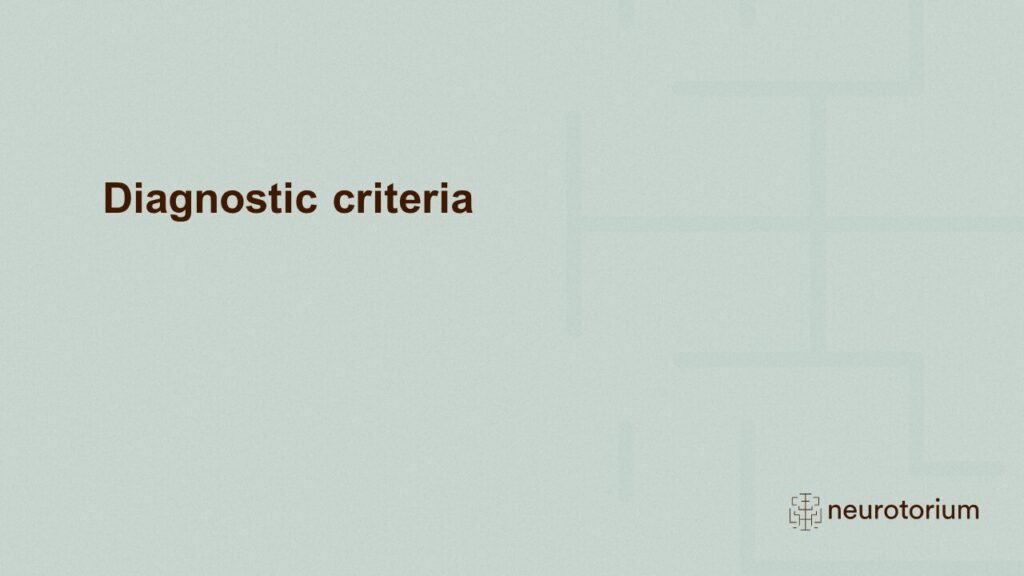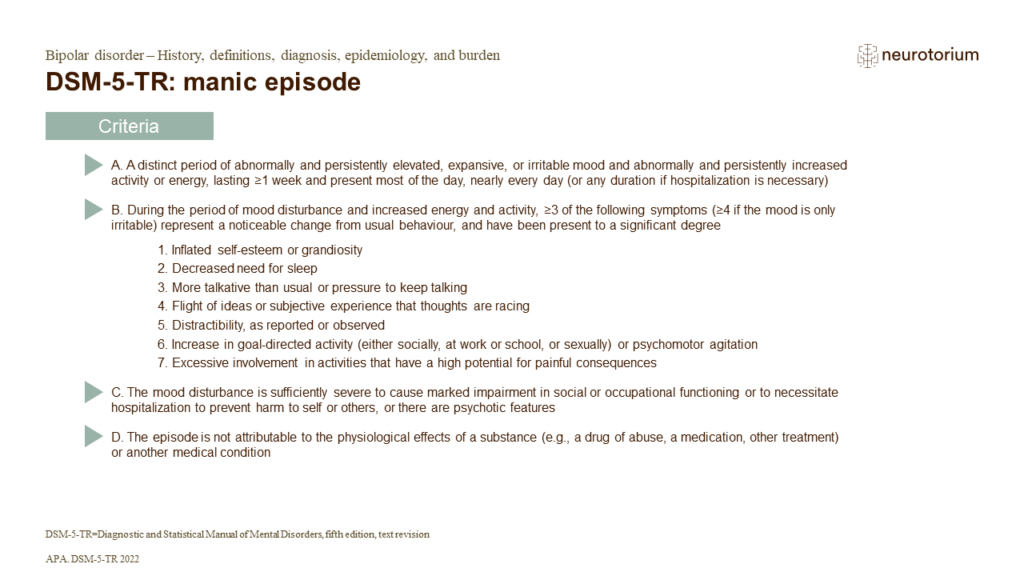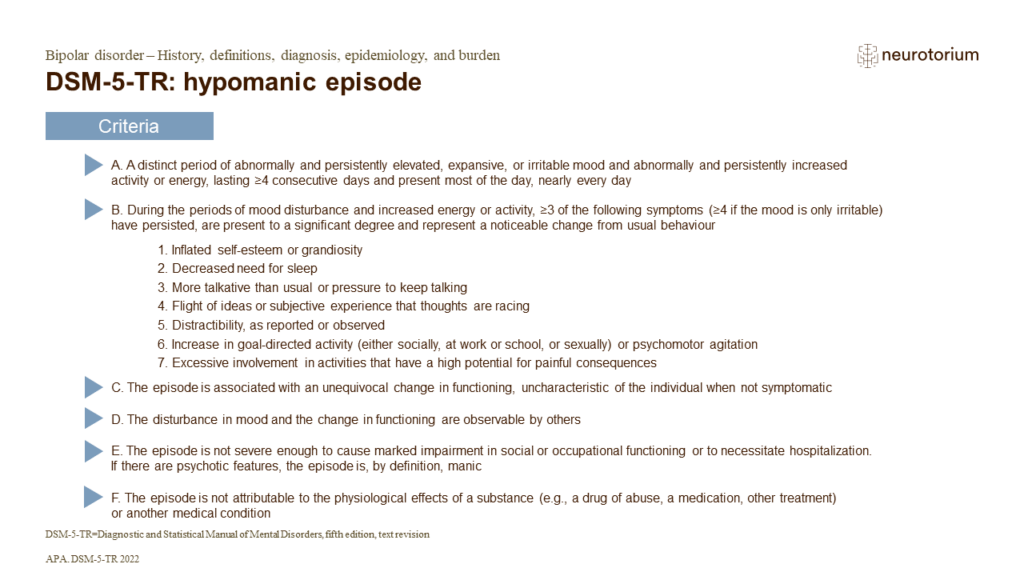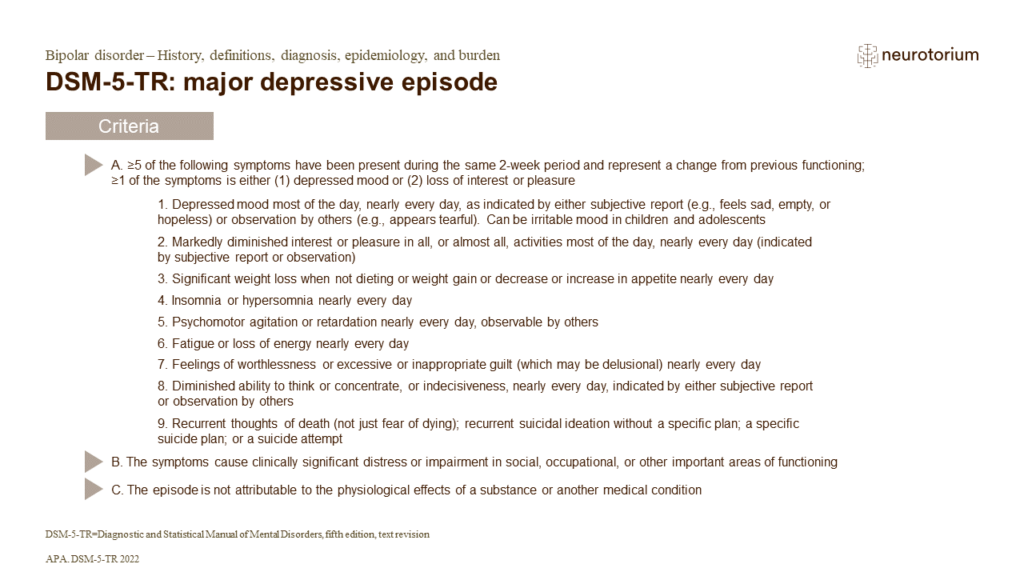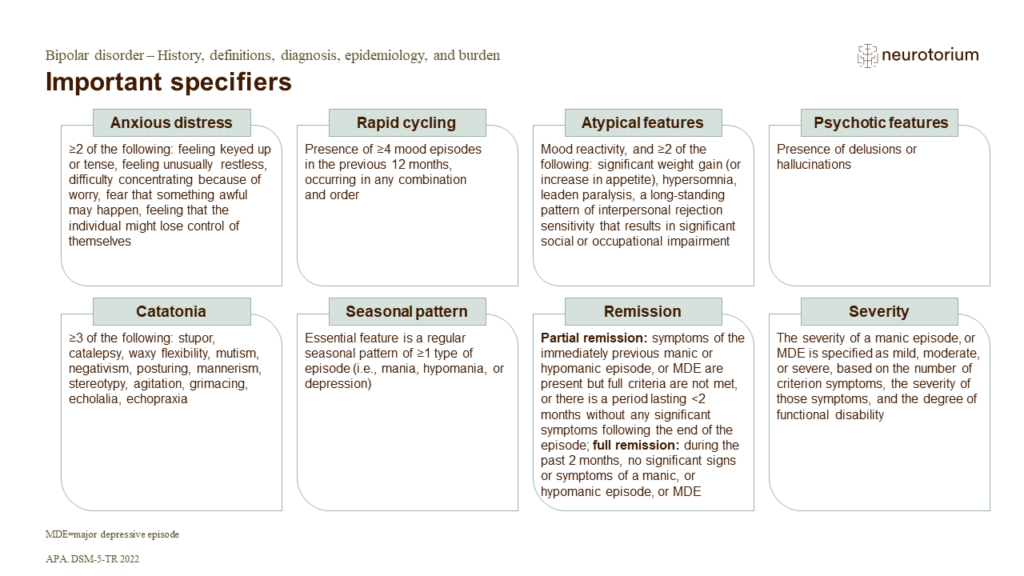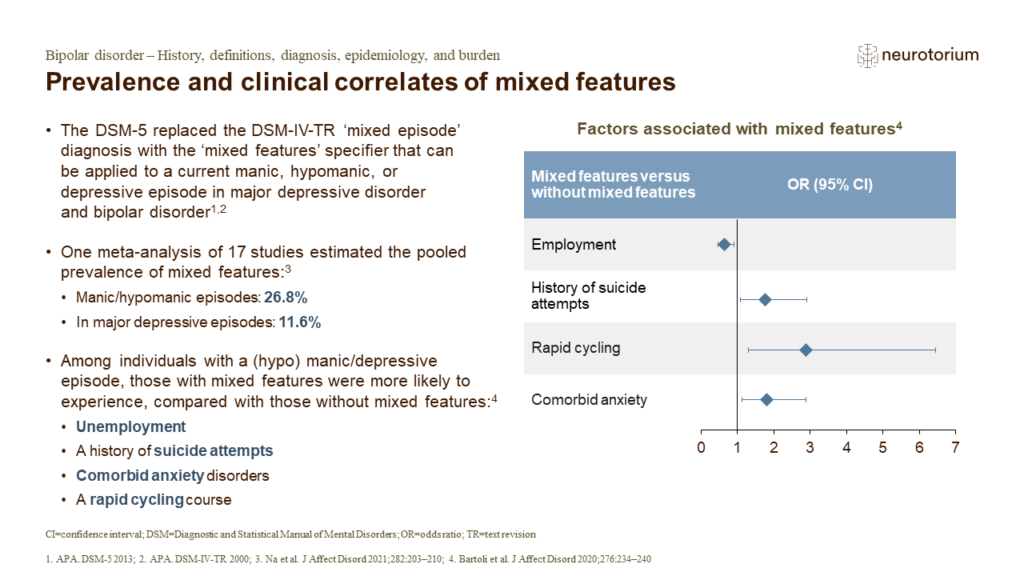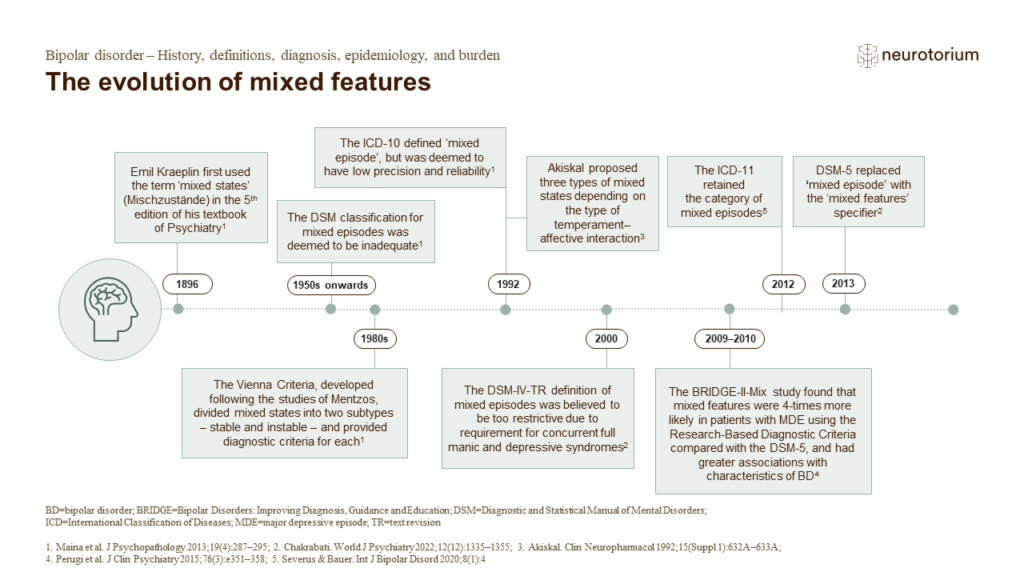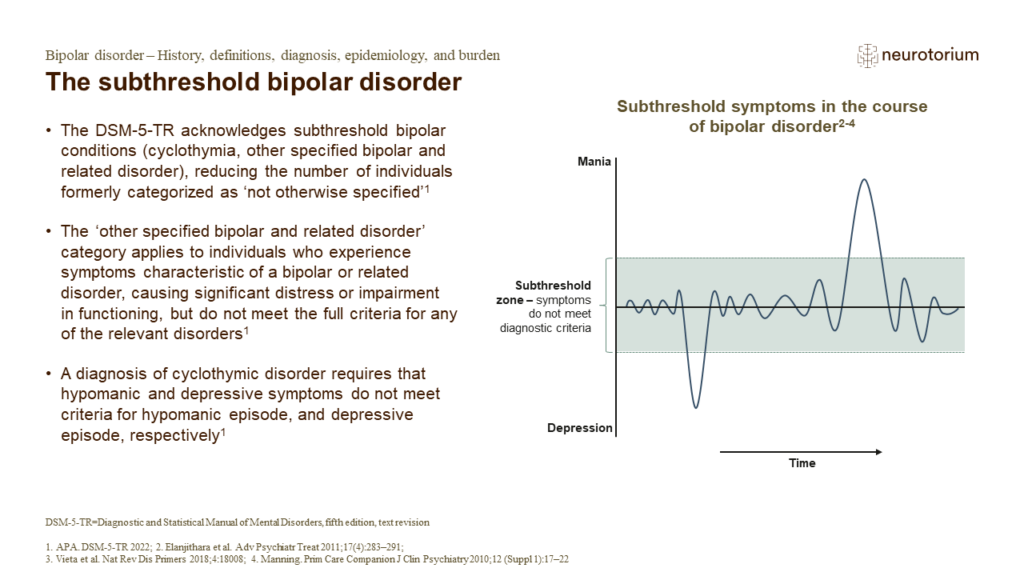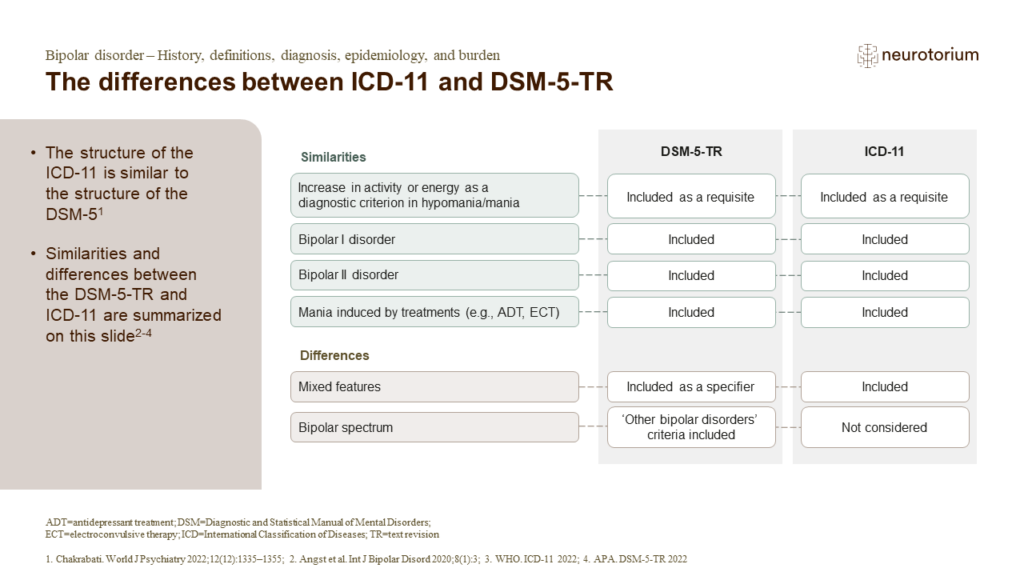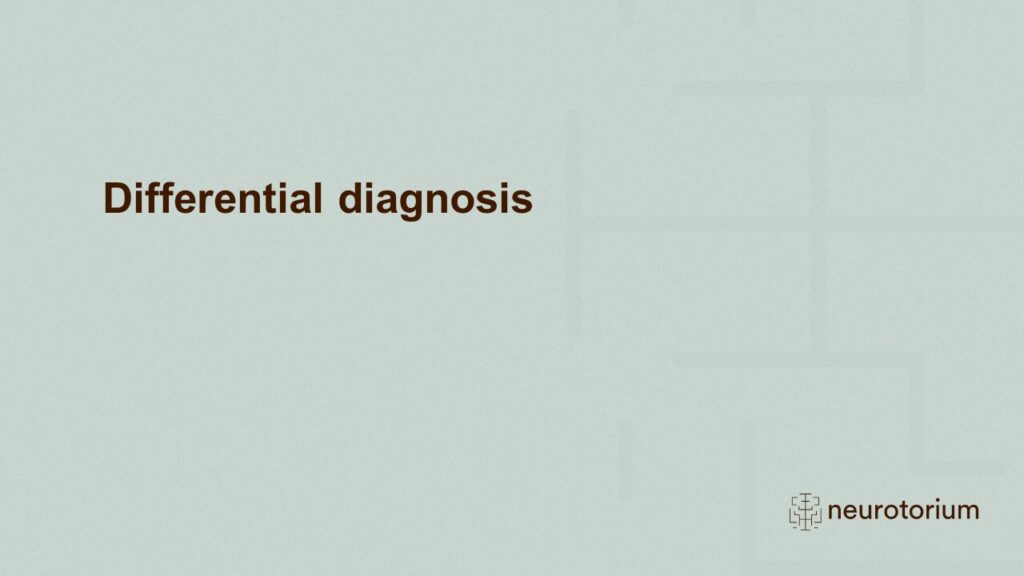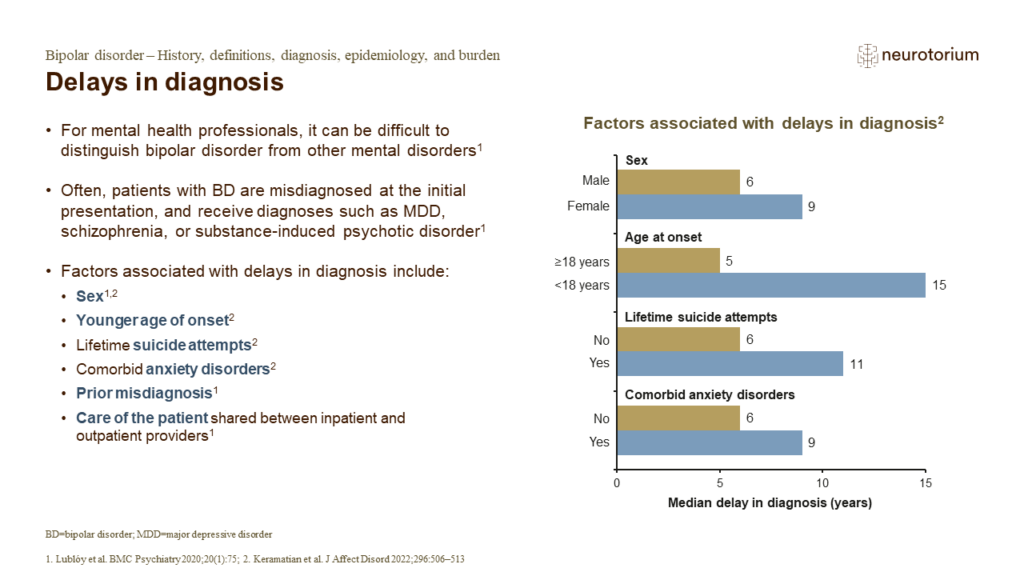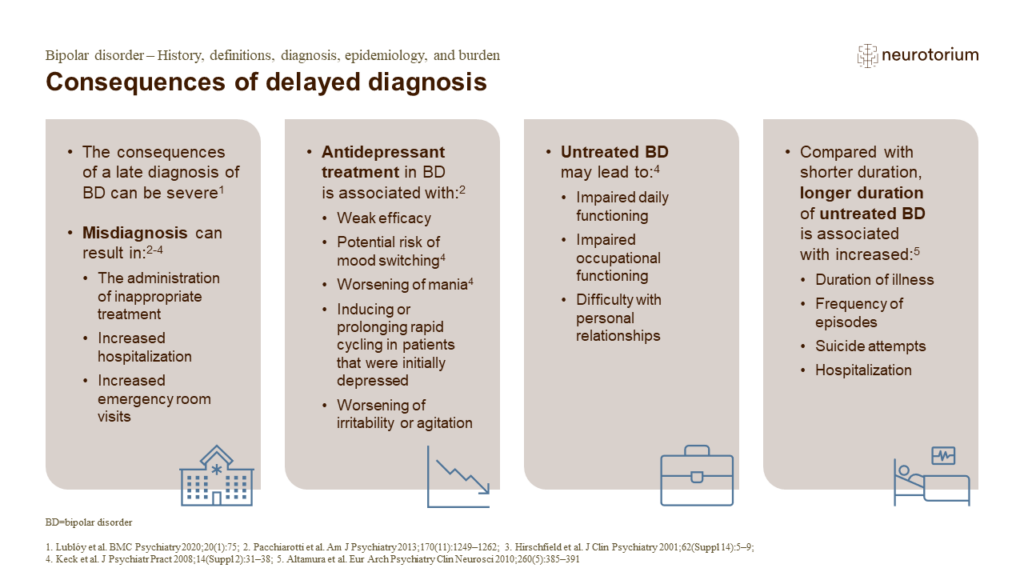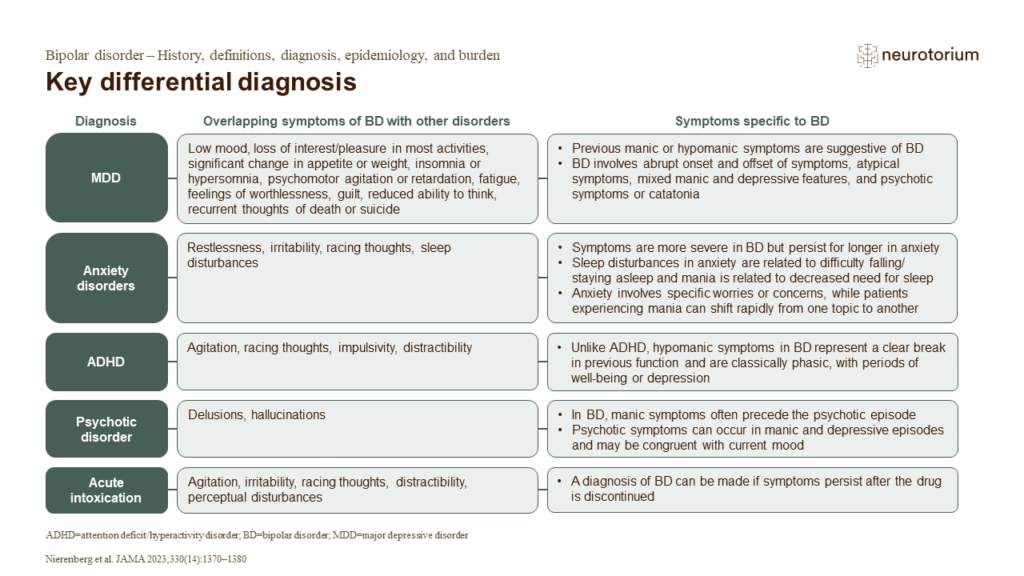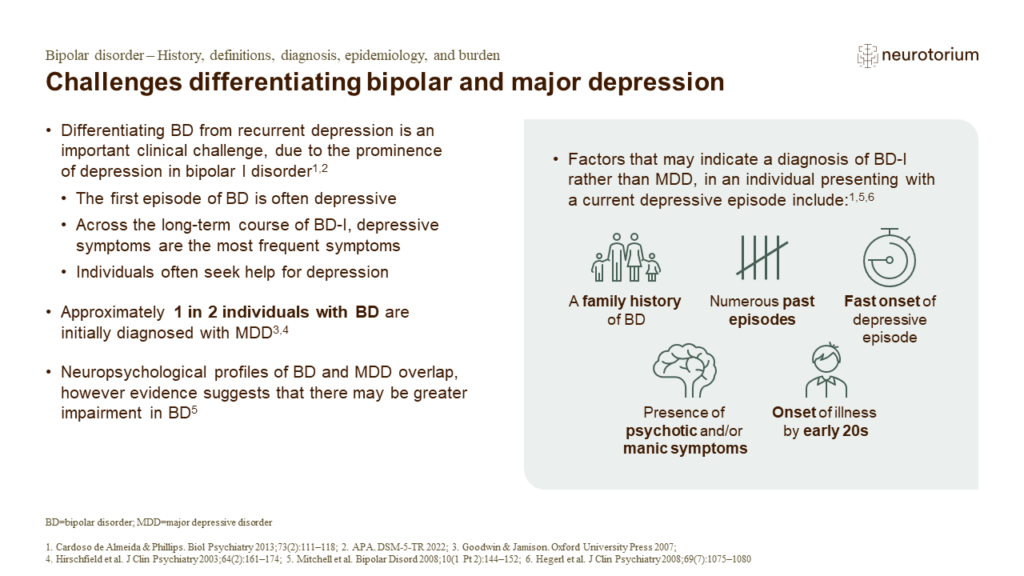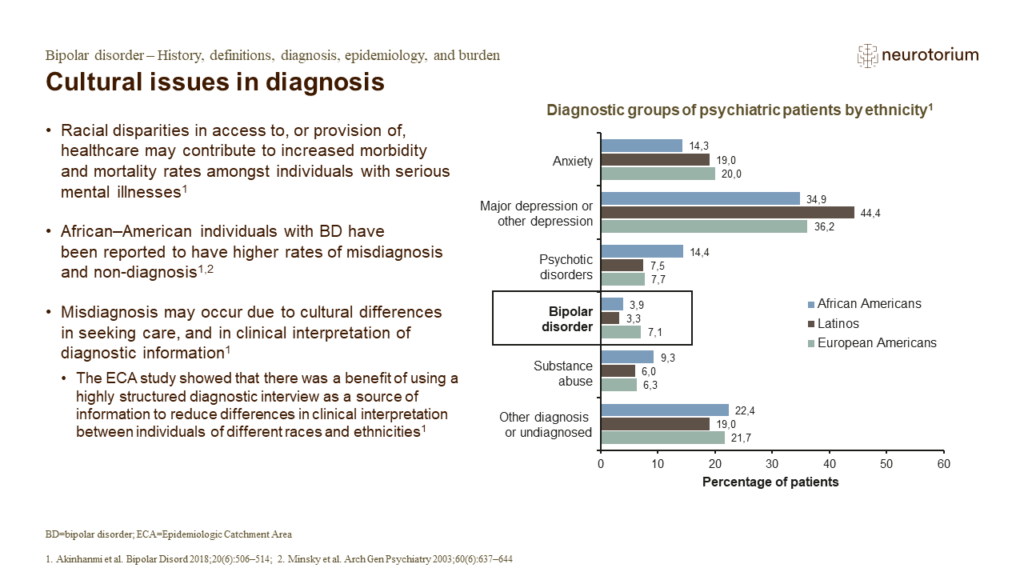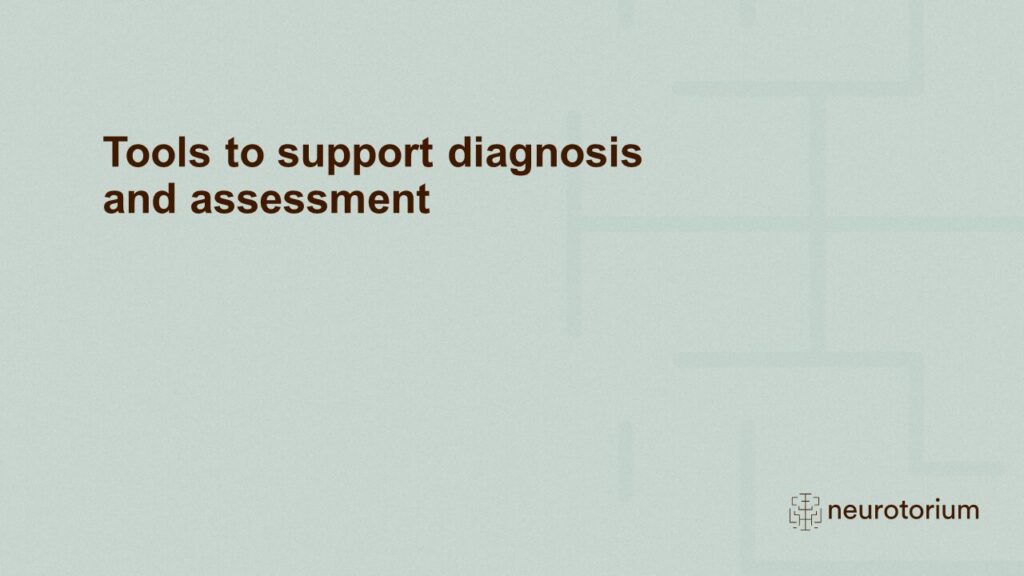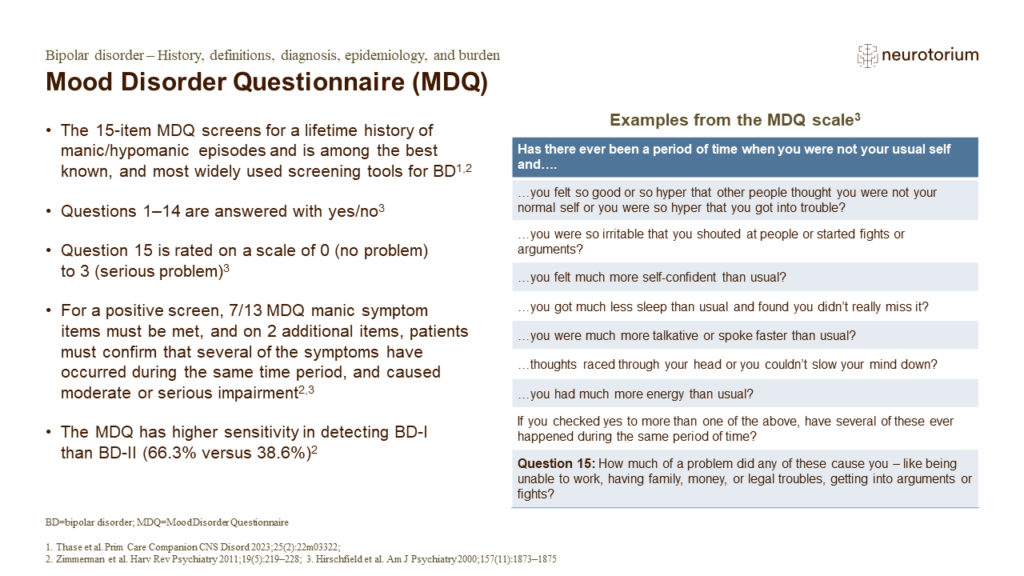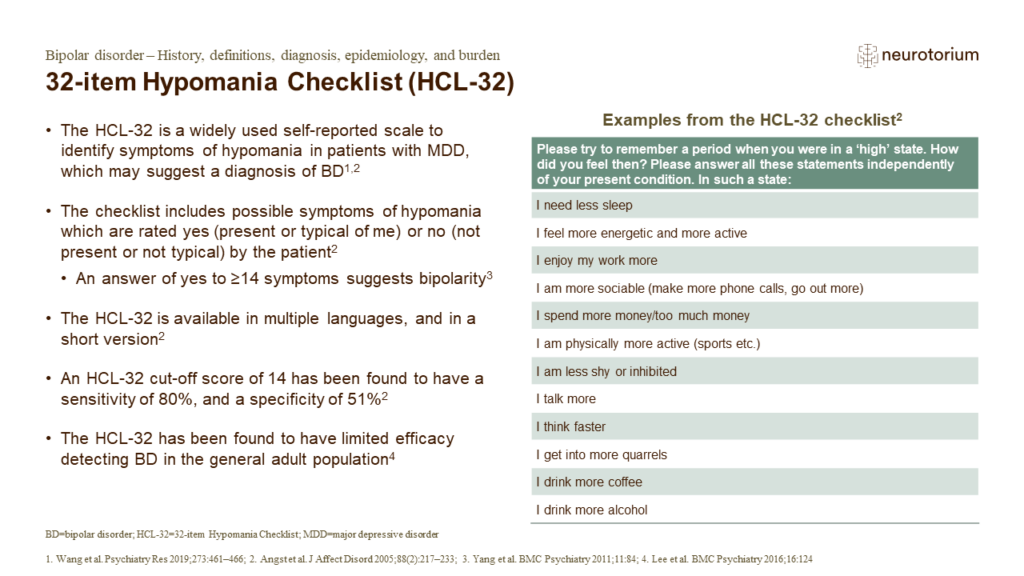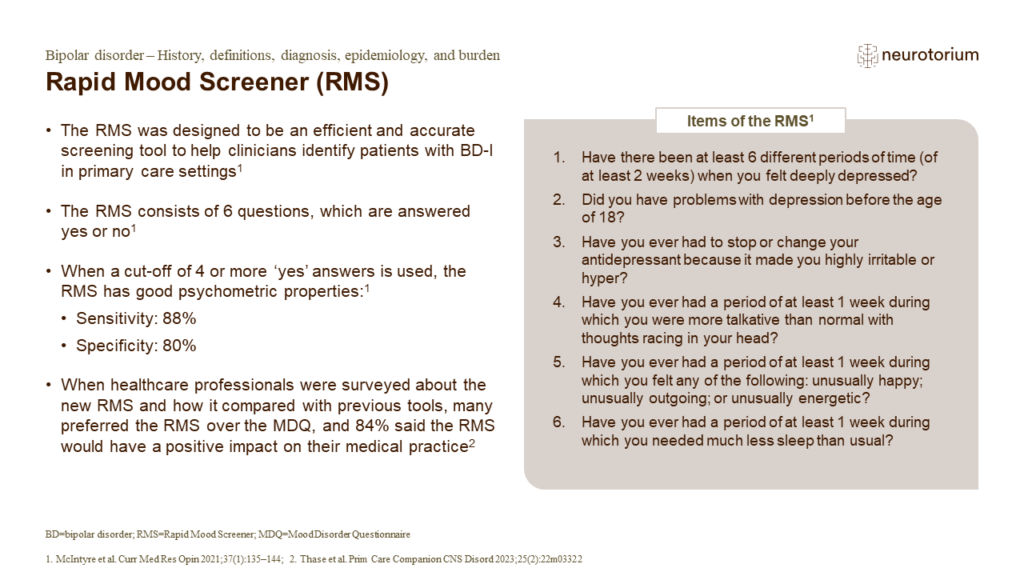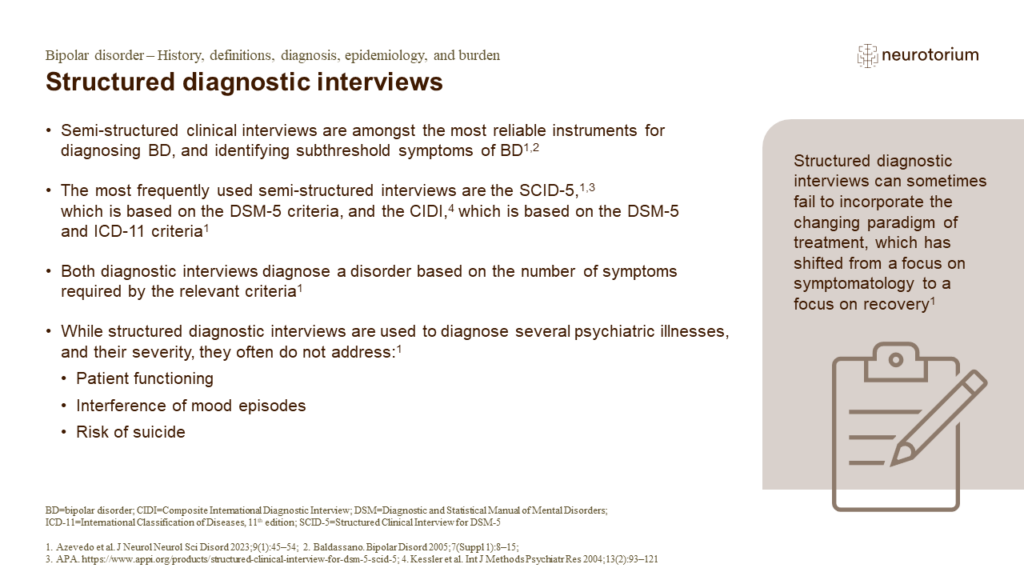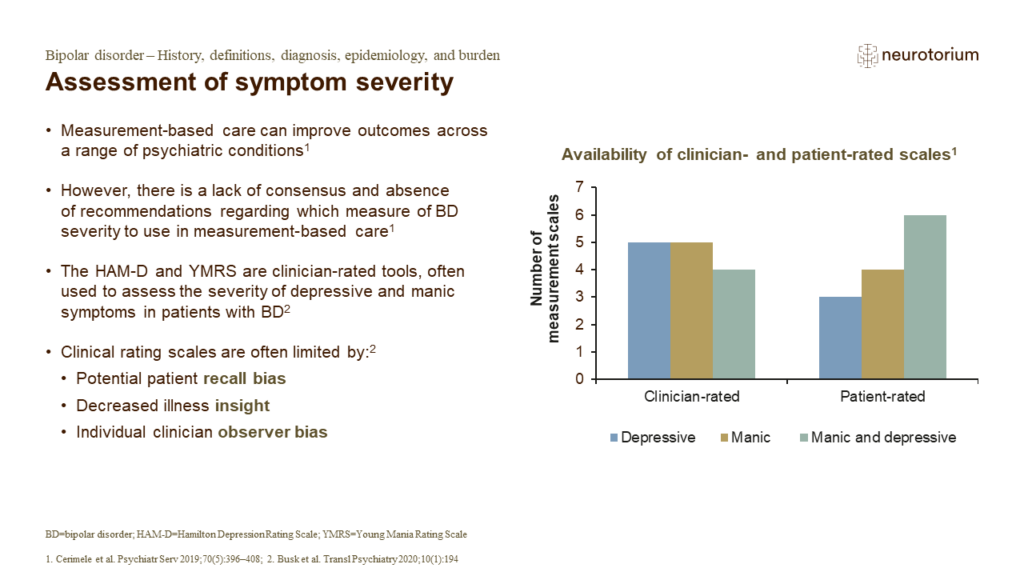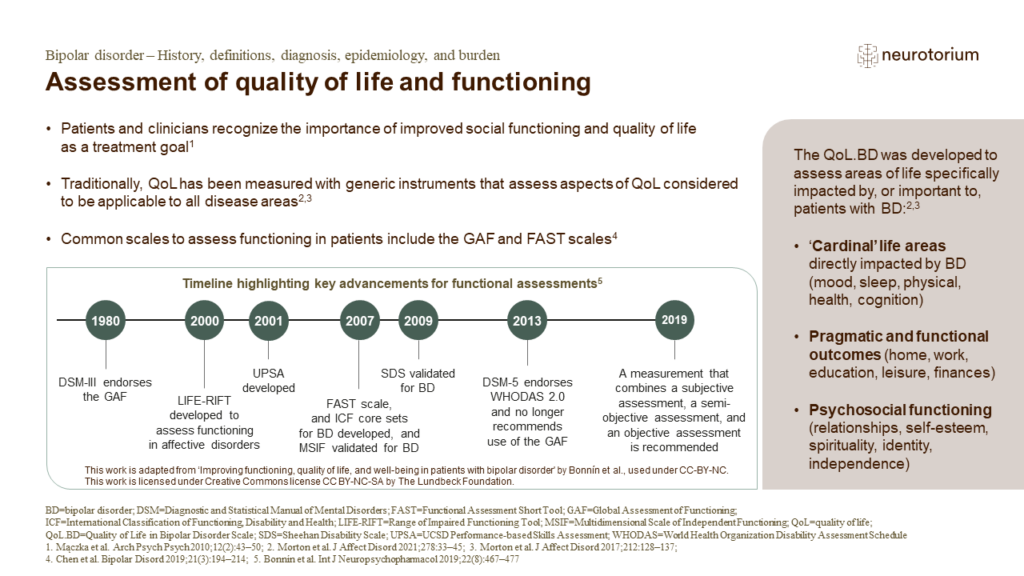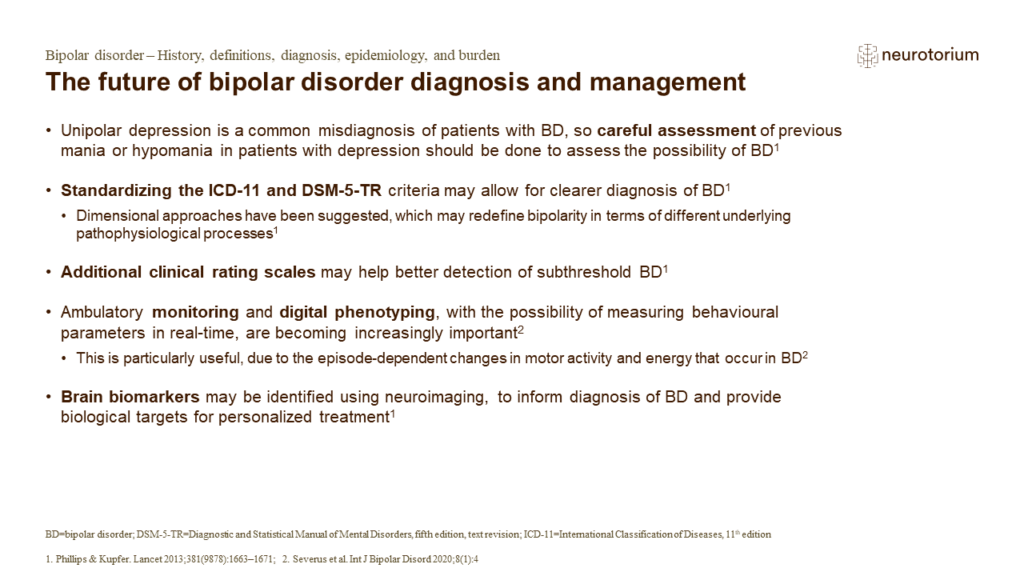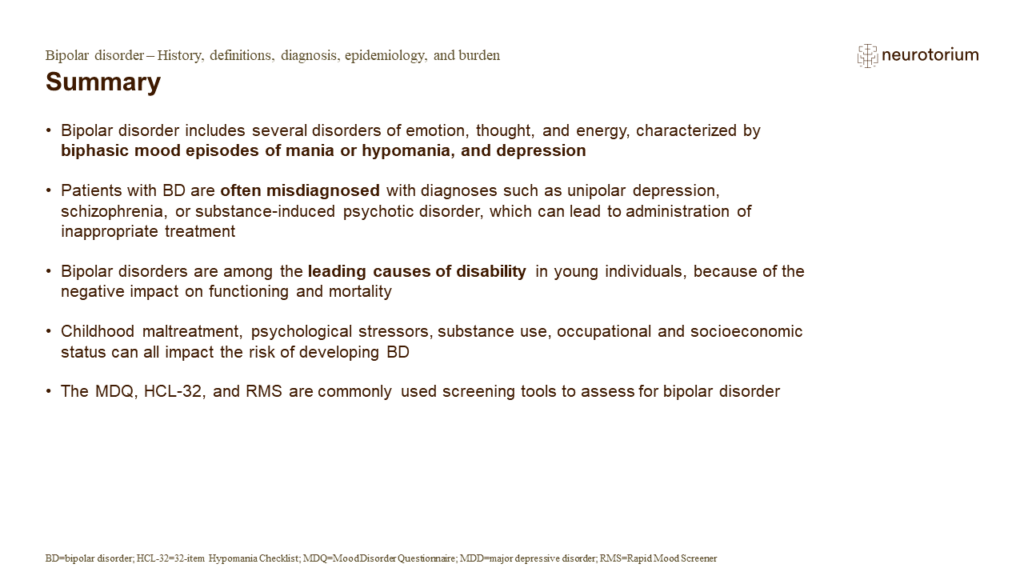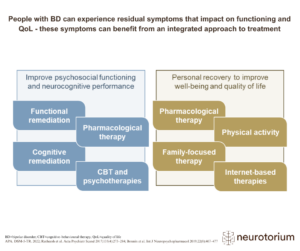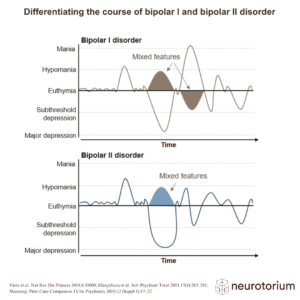Index for
slide deck
Intro
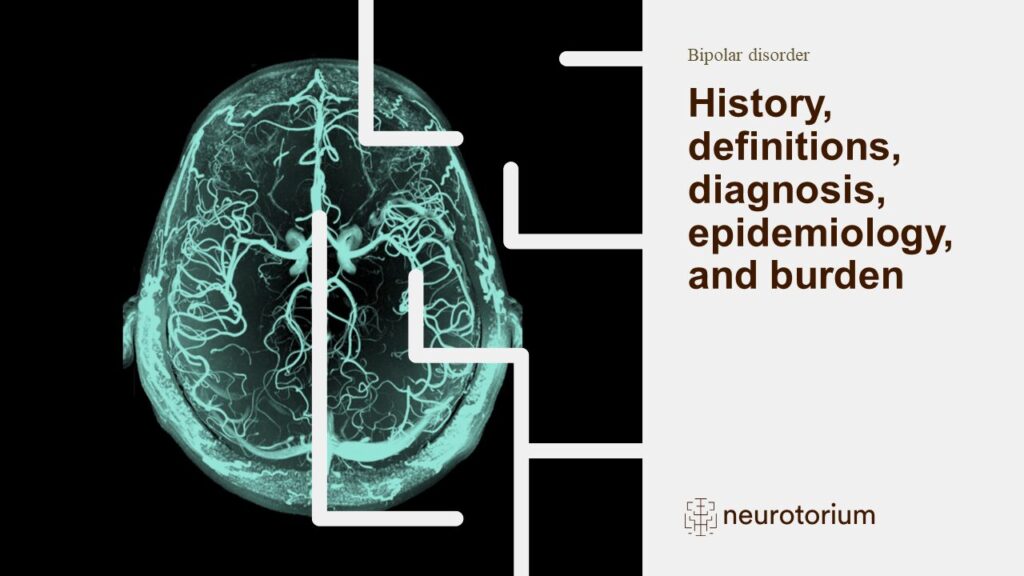
History, definitions, diagnosis, epidemiology, and burden
Introduction to bipolar disorder
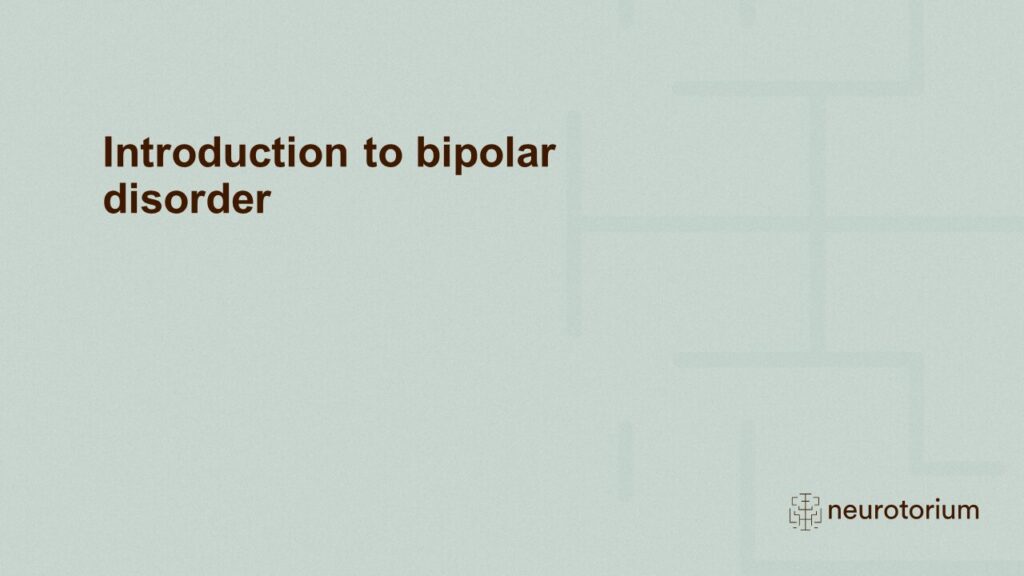
Introduction to bipolar disorder
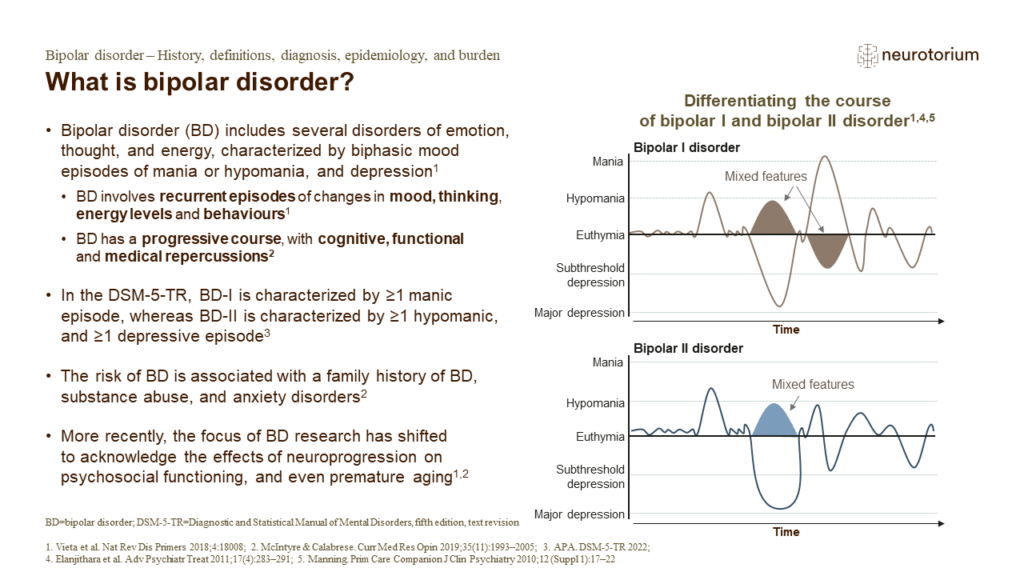
What is bipolar disorder?
Bipolar disorder is a chronic and recurrent mood disorder, affecting >1% of the global population.1,6 The disorder is heritable, and commonly presents with physical and nonphysical comorbidities.1 In clinical settings, diagnosing BD can be difficult due to overlap of symp…
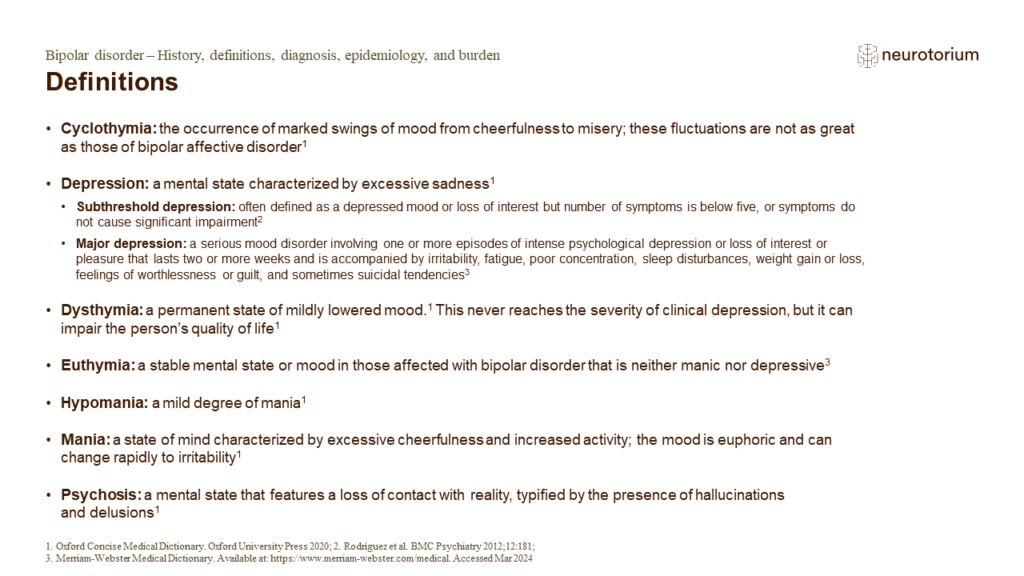
Definitions

The bipolar spectrum
One of the earliest uses of the term ‘spectrum’ in psychiatry was in 1968 for the schizophrenia spectrum.3 However, the mood spectrum comprises a range of functional psychoses, including schizophrenia and schizoaffective and affective disorders.3 Due to its dimensional na…
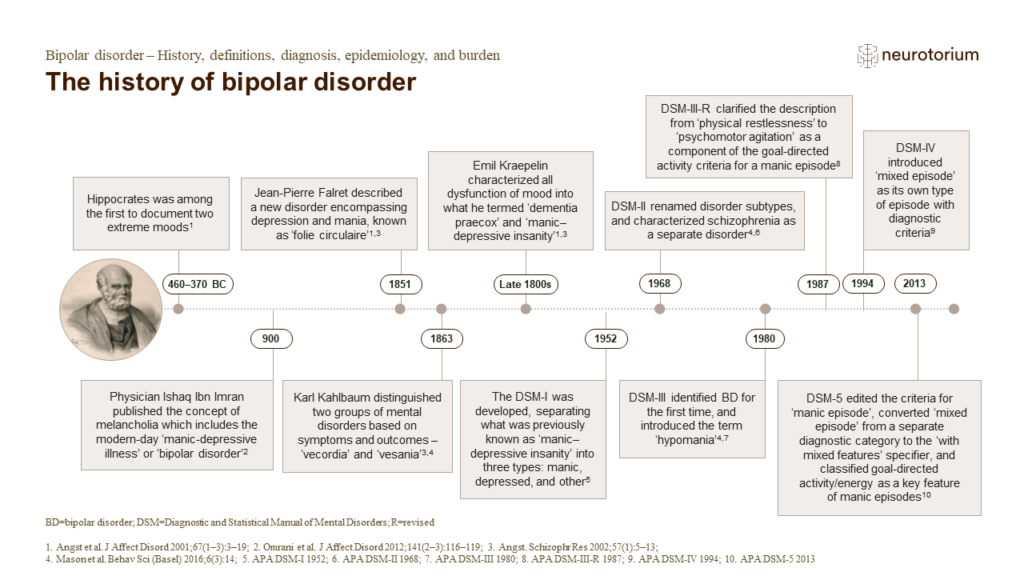
The history of bipolar disorder
The two extreme moods of melancholia and mania have been documented as early as the time of Hippocrates.1 In 900, Ishaq Ibn Imran wrote the monograph on melancholia, which today, is the oldest surviving manuscript dedicated to this topic.2 Up until the 19th century, melan…
Epidemiology and burden
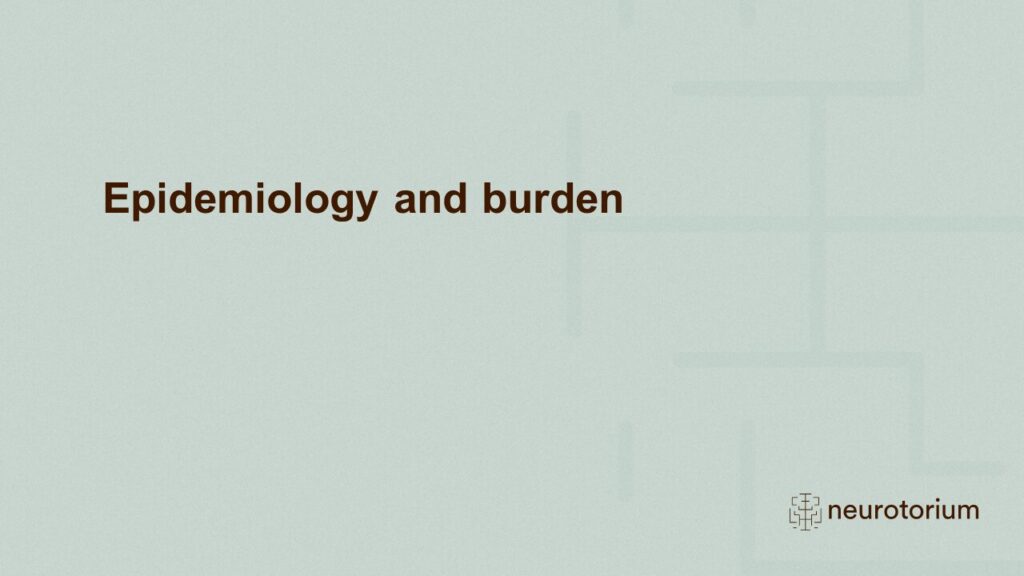
Epidemiology and burden
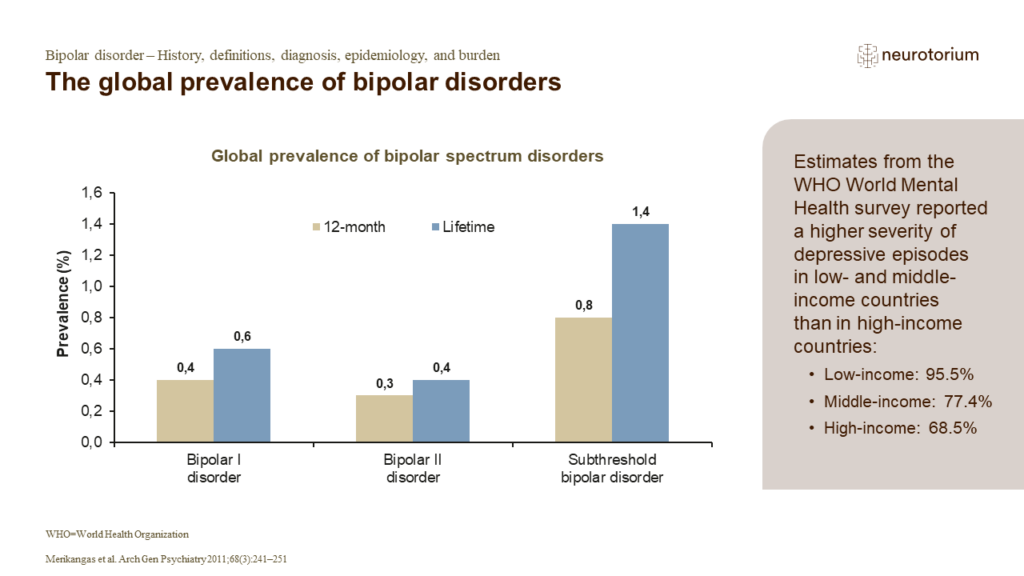
The global prevalence of bipolar disorders
Estimates from the WHO World Mental Health survey found that rates of comorbid disorders were significantly greater among those with bipolar I disorder (88.2%) and bipolar II disorder (83.1%), than among those with subthreshold bipolar disorder (69.1%).1
Reference:
1. Mer…
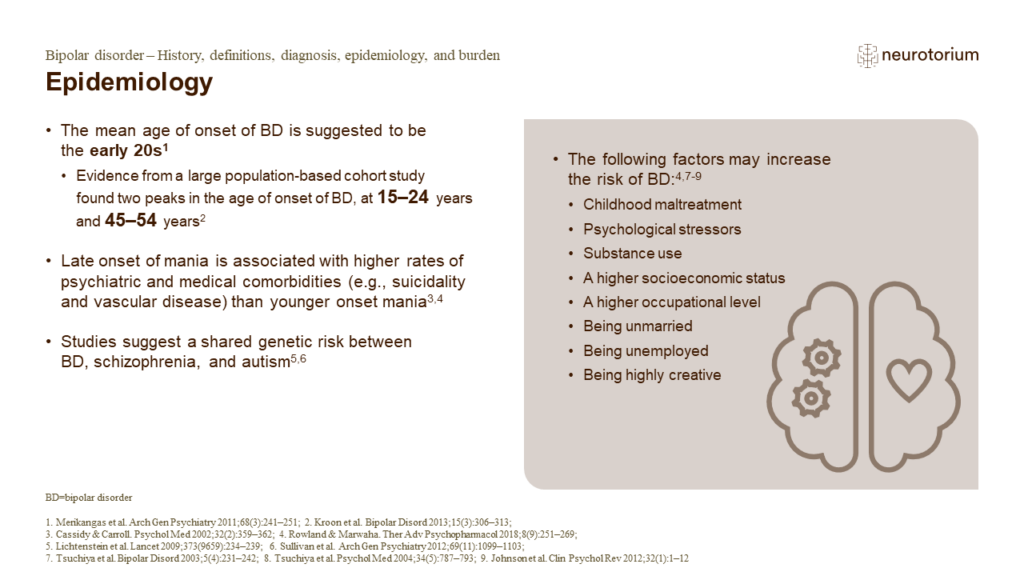
Epidemiology
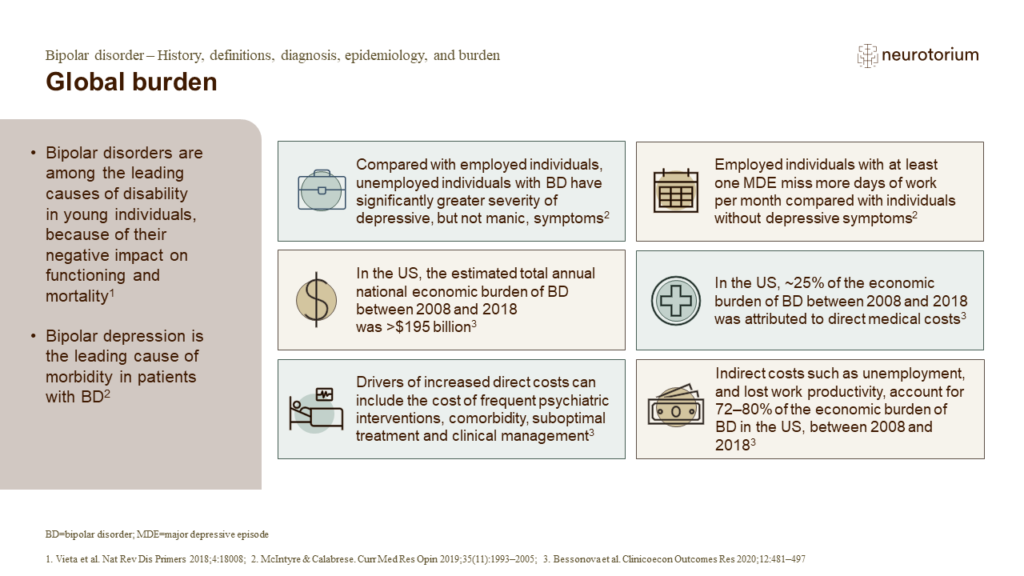
Global burden
Bipolar disorder is associated with a high mortality rate, driven by the risk of cardiovascular disease and suicide.2 As 50% of patients initially present with a depressive episode, bipolar depression accounts for the majority of time spent unwell with the disorder, even …
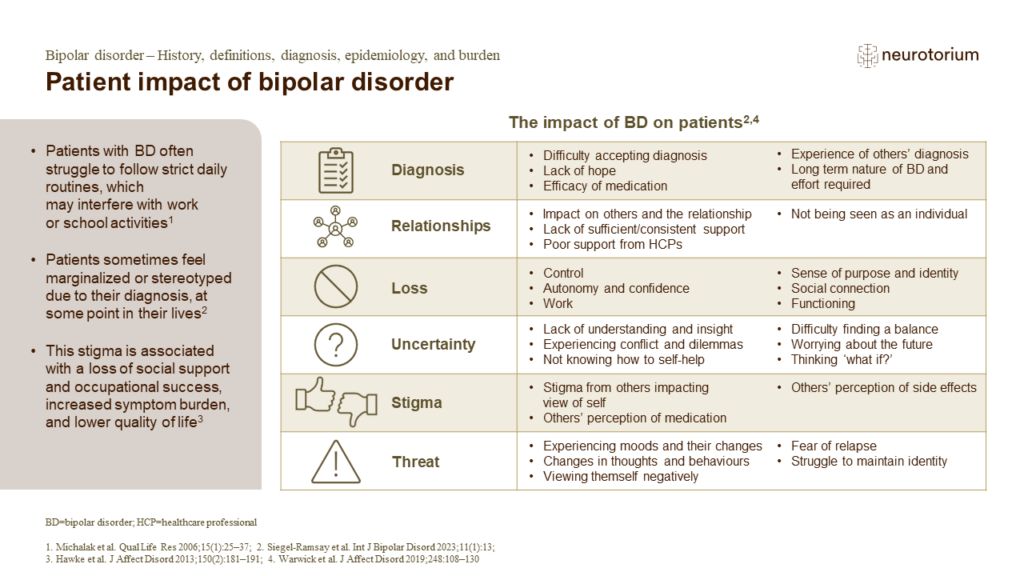
Patient impact of bipolar disorder
In a qualitative study, patients highlighted several aspects of the BD diagnostic process as challenging, including inadequate referral, late or incorrect diagnosis, healthcare professionals failing to recognize early warning signs, and lack of awareness within society.5 …
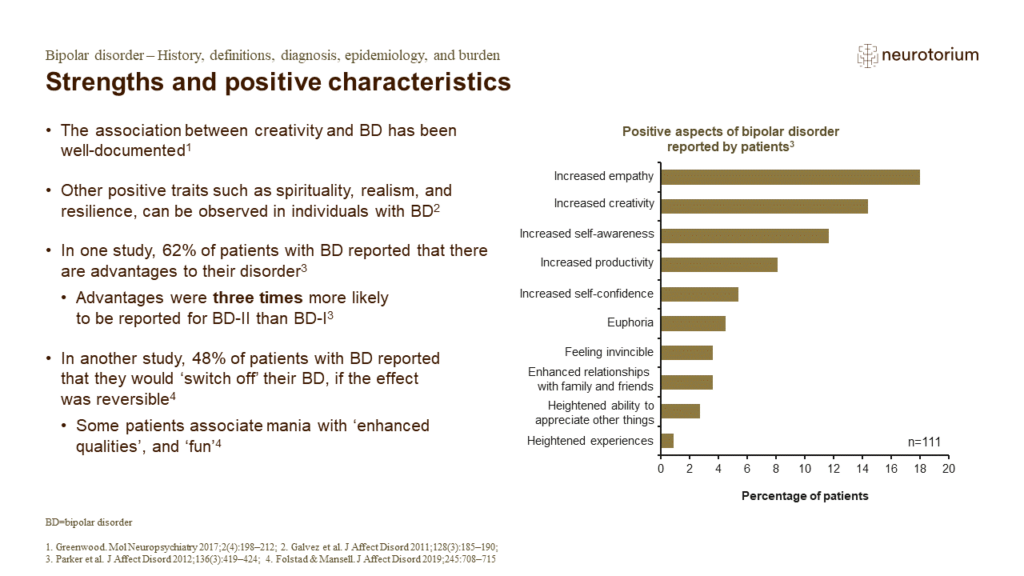
Strengths and positive characteristics
Many patients with bipolar disorder view their illness as inherent traits of their identity, including confidence, empathy, self-awareness, social ease, productivity, and creativity.5 For patients that feel there are positive qualities to their bipolar disorder, the effec…


